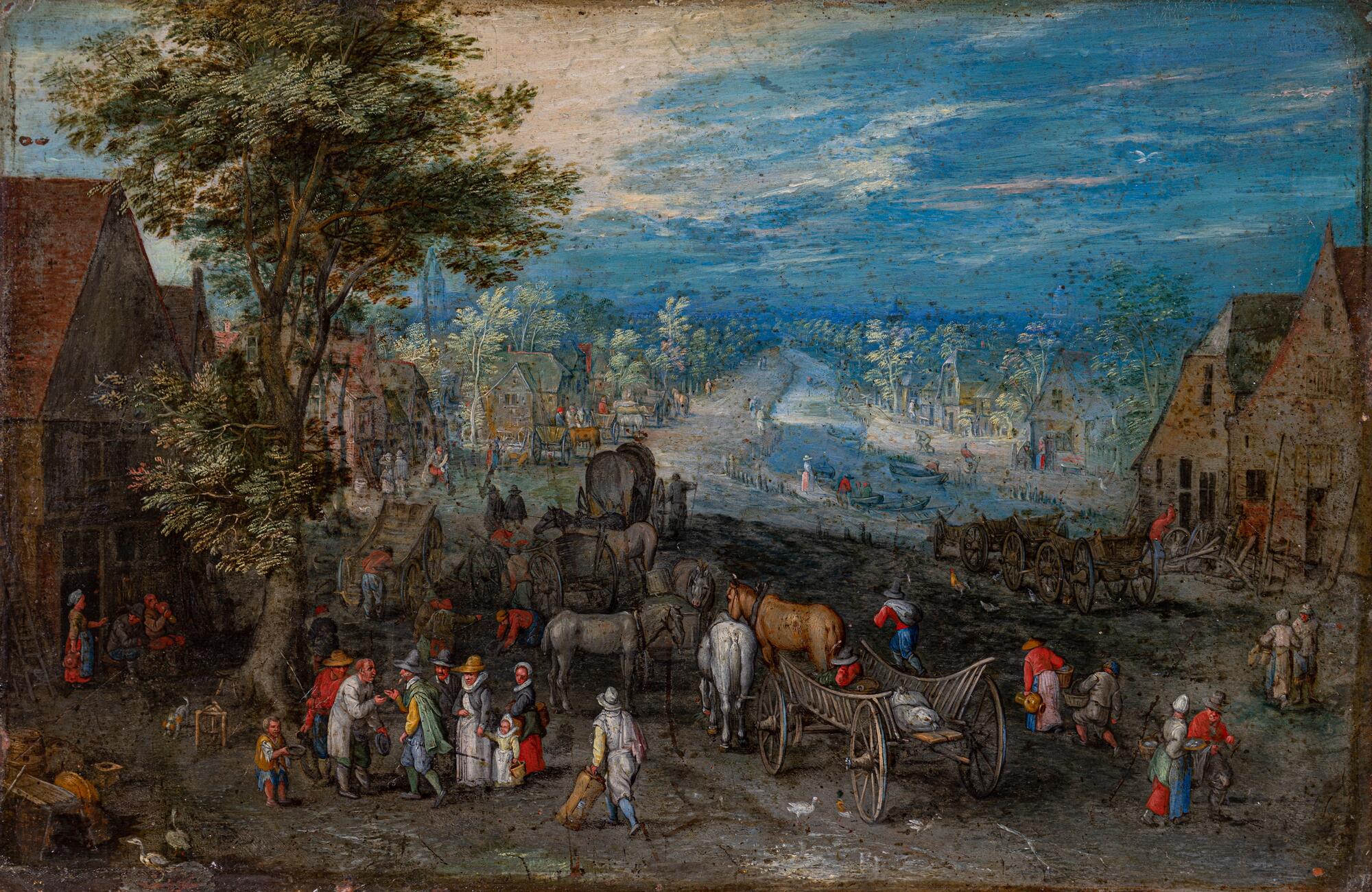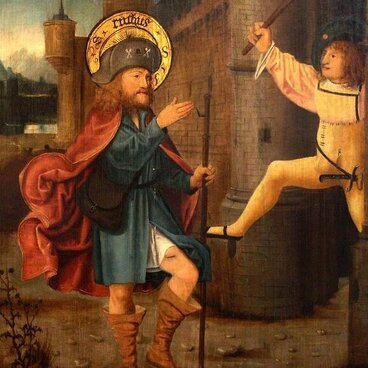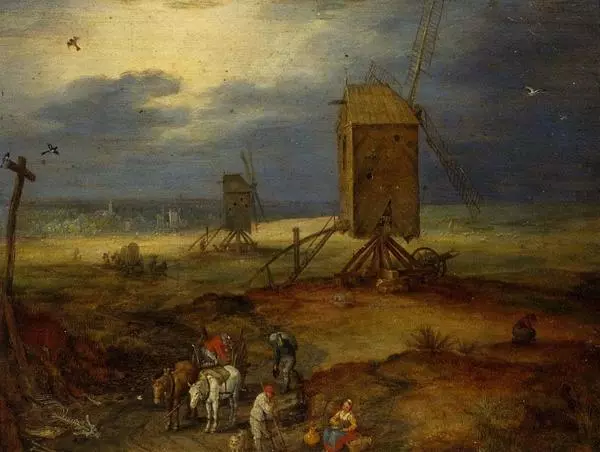Jan Bruegel the Elder was a Flemish painter from a famous dynasty. His father was Pieter Bruegel the Elder and his brother was Pieter Bruegel the Younger. The boys’ grandparents died early, and the future artists were brought up by their grandmother, the miniaturist Maria Bessemers who also gave them their first drawing lessons.
Jan the Elder studied painting with Antwerp artists. Later, following the tradition of the time, he traveled to Italy to study ancient originals and to complete his artistic education. In Rome, he met the Flemish painter Paul Brill. Paul’s style, which combined the traditions of the Italian and Dutch landscape schools, had a powerful influence on the development of the artistic style of Jan Brueghel the Elder.
“Landscape” is executed in the tradition of the so-called world landscape. The painters who developed this trend depicted nature as part of the world. Therefore, there was a vast panorama revealed even in the smallest works. No matter what was depicted in the foreground, be it part of the general landscape, a religious or everyday scene, the focus was always drawn into the depth of the painting.
Like every landscape work by Jan Bruegel the Elder, “Landscape” celebrates everything that surrounds man: houses, roads, carts, carts, utensils, pets — reflecting the unpretentious scenes of the daily life of a small town. All this cozy crowded world fills the lower part of the artist’s landscapes; and the painter also places tall trees there (on the left or right side of the painting).
Jan Bruegel the Elder went down in the history of art under several nicknames: Flower, Paradise, and Velvet. The first is due to his love for painting numerous floral compositions — still lifes and garlands. The second one appeared because the artist created more than a hundred images of Eden, and the third one is undoubtedly connected with his special velvety style of painting.
Jan the Elder studied painting with Antwerp artists. Later, following the tradition of the time, he traveled to Italy to study ancient originals and to complete his artistic education. In Rome, he met the Flemish painter Paul Brill. Paul’s style, which combined the traditions of the Italian and Dutch landscape schools, had a powerful influence on the development of the artistic style of Jan Brueghel the Elder.
“Landscape” is executed in the tradition of the so-called world landscape. The painters who developed this trend depicted nature as part of the world. Therefore, there was a vast panorama revealed even in the smallest works. No matter what was depicted in the foreground, be it part of the general landscape, a religious or everyday scene, the focus was always drawn into the depth of the painting.
Like every landscape work by Jan Bruegel the Elder, “Landscape” celebrates everything that surrounds man: houses, roads, carts, carts, utensils, pets — reflecting the unpretentious scenes of the daily life of a small town. All this cozy crowded world fills the lower part of the artist’s landscapes; and the painter also places tall trees there (on the left or right side of the painting).
The shaded foreground is executed in the traditional brown scheme, it is abruptly interrupted by a gentle yellow-green middle ground, filled with trees, houses and figures of a much smaller size. The middle plan inconspicuously goes further and further into the depth of the space, following the curves of the big river, which serves as the main reference point of this movement. The background shows a variety of shades of blue.
Jan Bruegel the Elder went down in the history of art under several nicknames: Flower, Paradise, and Velvet. The first is due to his love for painting numerous floral compositions — still lifes and garlands. The second one appeared because the artist created more than a hundred images of Eden, and the third one is undoubtedly connected with his special velvety style of painting.





